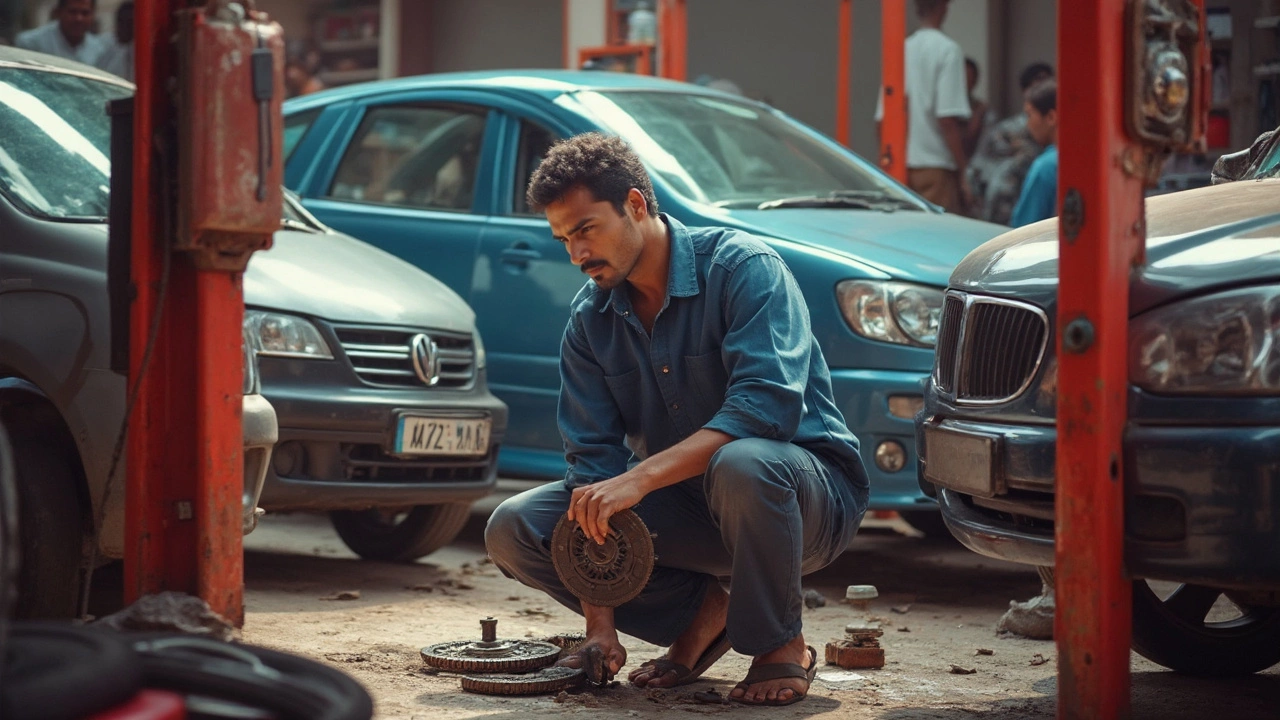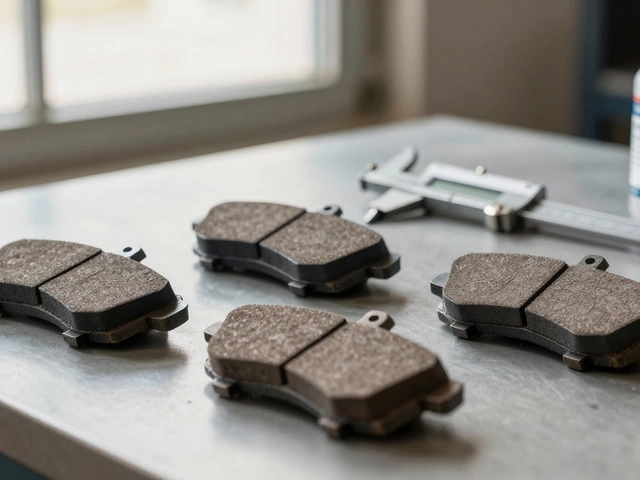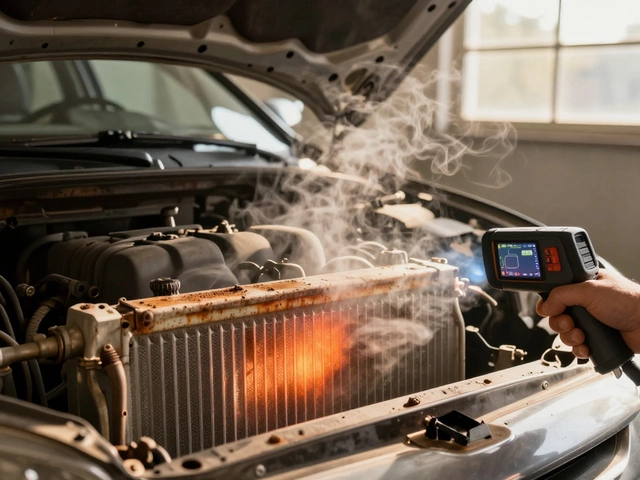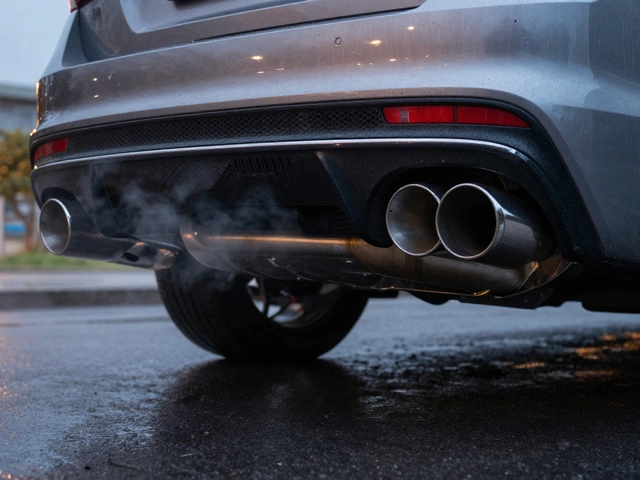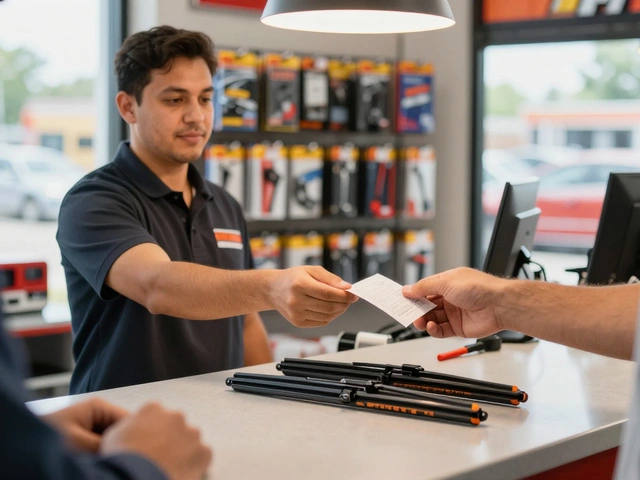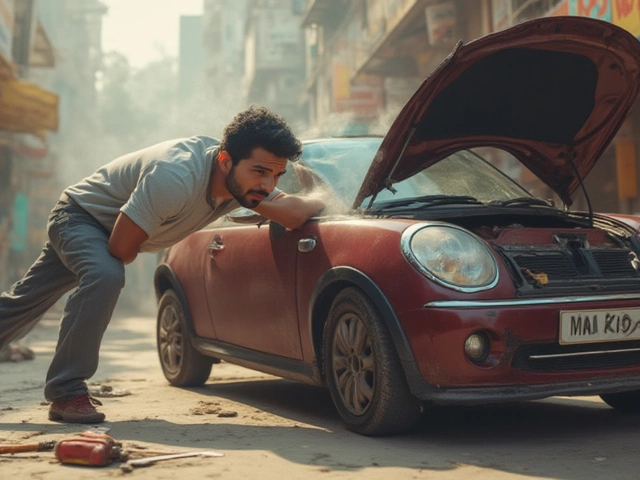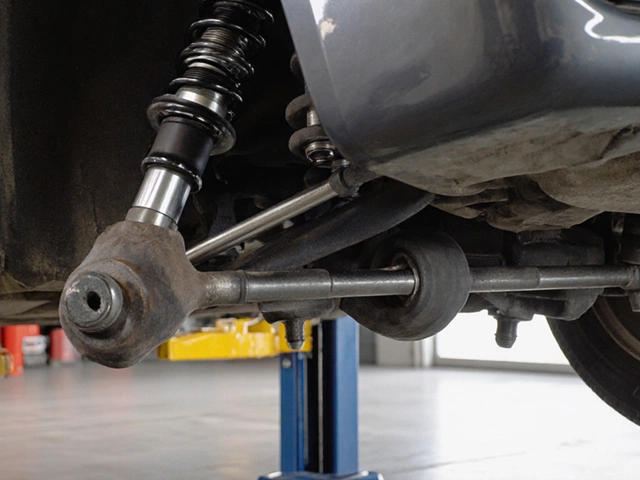Clutch Replacement Guide: When to Fix It and How to Do It Right
If you drive a manual car, the clutch is the heart of every shift. Over time it wears out, slips, or sticks, and ignoring the signs can lead to costly repairs. In this guide we'll show you the exact symptoms that mean it’s time for a new clutch, walk you through a straightforward DIY replacement, and share tricks to stretch its lifespan.
How to Spot a Failing Clutch
First, listen for a soft, mushy feel when you press the pedal. If the engine revs but the car doesn’t bite, that’s classic clutch slip. A high‑pitched squeal when you start moving, or a vibration that syncs with the gearshift, also points to wear. Finally, a burning odor after a stop‑and‑go drive tells you the friction material is overheating.
These clues are easy to test at home. Pull the car into a flat spot, rev the engine to about 2,500 rpm, and try to launch in first gear. If the revs climb without the car moving, give the clutch a few seconds to cool and try again. Consistent slipping means replacement is overdue.
DIY Clutch Replacement: Step‑by‑Step
Before you start, gather a clutch kit, flywheel wrench, jack stands, and a torque wrench. Safety first: disconnect the battery, raise the car, and lock the wheels. Remove the transmission by loosening the driveshaft, shift linkages, and any bolts holding the gearbox to the engine block.
With the transmission out, you’ll see the clutch disc, pressure plate, and release bearing. Mark the pressure plate’s orientation so you can reinstall it the same way. Use a flywheel wrench to loosen the bolts in a criss‑cross pattern, then take off the old disc and bearing.
Clean the flywheel surface with a brass brush, check for hot spots, and replace it if it’s scored. Install the new clutch disc, line it up with the pilot bearing, and bolt on the new pressure plate using the reverse criss‑cross pattern. Seat the release bearing, then carefully slide the transmission back into place, aligning all splines.
Torque all bolts to the manufacturer’s specifications—usually around 75 Nm for the pressure plate bolts. Re‑connect the shift linkages, lower the car, and test the clutch on a quiet road. You should feel a firm pedal, no slip, and smooth gear changes.
Even if you’re not a gearhead, many hobbyists finish a clutch swap in a weekend with the right tools and a good repair manual. If you hit a snag, a quick video tutorial can clear up most confusion.
Now that the new clutch is in, let’s talk mileage. Most stock clutches last between 40,000 and 60,000 miles, but driving style makes a huge difference. City traffic with constant stop‑and‑go, aggressive launches, and towing will shorten life, while gentle highway cruising can push it past 80,000 miles.
To keep your clutch healthy, avoid riding the pedal, use the handbrake on steep hills, and let the engine rev a bit before engaging first gear. Regularly checking the clutch fluid (if you have a hydraulic system) and topping it up prevents drag and helps the release bearing work smoothly.
In short, recognizing early symptoms, following a clear replacement process, and adopting better driving habits will save you time and money. Your manual car will feel more responsive, and you’ll avoid surprise breakdowns on the road.

Slipping Clutch Fix: Is DIY Repair Worth It or Not?
Wondering if fixing a slipping clutch is doable at home? Find out the real challenges, costs, tools needed, and smart tips to tackle clutch slipping in your car.
CONTINUE READING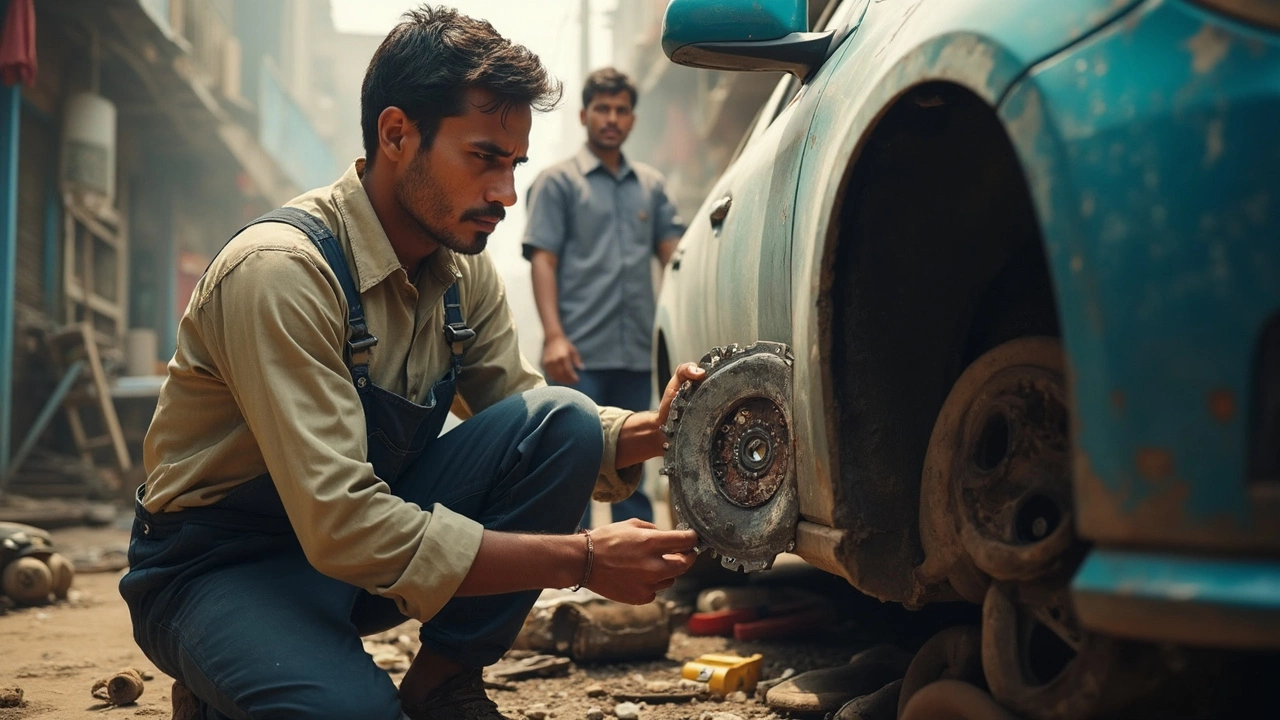
Burned Out Clutch Fix: How to Restore Your Ride Fast
Ever noticed your clutch slipping or a burning smell from your manual transmission car? This article dives into how to spot a burned out clutch, what causes it, and the steps to fix the problem. Learn when you can do it yourself and when it's smarter to call in a pro. Get tips on preventing future clutch woes and keeping your gearbox happy. No fluff—just straight-up advice, real talk, and usable tips.
CONTINUE READING
What Does a Bad Clutch Sound Like? Spotting the Telltale Noises
Wondering if your clutch is on the fritz? Pay attention to the sounds it makes. A bad clutch can produce a variety of noises, each hinting at a different issue that might need addressing. From whining sounds to unexplained vibrations, understanding these noises can save you from major car troubles. Knowing what your clutch is trying to tell you can make a huge difference in maintenance decisions.
CONTINUE READING
Clutch Kit Costs: What to Expect
Understanding the cost of a clutch kit is essential for any car owner facing a replacement. Prices vary depending on vehicle type, brand, and labor rates, ranging from a few hundred to over a thousand dollars. In this article, we'll explore not just the numbers but also the factors influencing these costs and tips on how to save money without compromising quality. Whether you're a DIY enthusiast or prefer professional help, discovering these insights will help you make informed decisions.
CONTINUE READING

